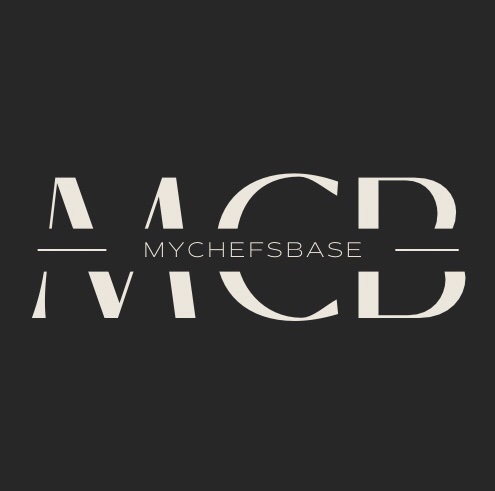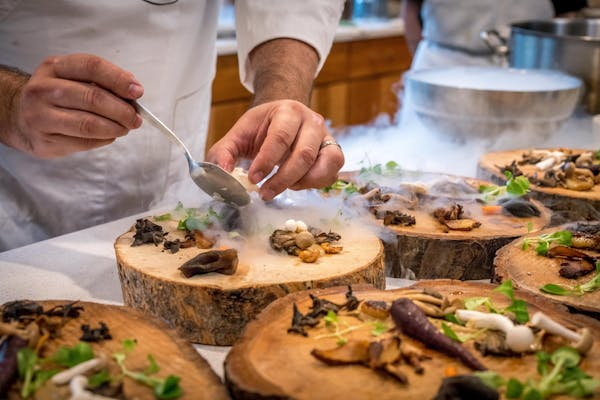The restaurant industry has always been dynamic, with success hinging on various factors that evolve with societal and technological shifts. A recent study comparing newly established restaurants from 1990–2010 and 2015–2022 highlights a profound change in what drives success. By analyzing data from cities across Italy, Switzerland, England, Spain, France, Belgium, the Netherlands, and Germany, researchers identified key shifts in the factors that determine whether a restaurant thrives or fades away.
Success Factors Then: 1990–2010
In the pre-digital era, the success of restaurants was often tied to physical and social elements:
- Location: A prime location was critical. Restaurants situated in bustling areas with high foot traffic, such as city centers or near tourist attractions, were more likely to attract diners. Visibility and accessibility often trumped other considerations.
- Unique Cuisine/Menu Offering: Standing out in the crowded culinary landscape relied on offering something unique—a signature dish, a fusion concept, or an authentic experience tied to cultural roots.
- Word-of-Mouth Marketing: Happy customers spreading the word to friends and family were a restaurant’s most effective and trusted form of advertising. Building a loyal customer base often hinged on personal connections and community reputation.
Success Factors Now: 2015–2022
The last decade has witnessed a dramatic transformation, influenced by the rise of digital platforms, shifts in consumer behavior, and the demand for operational efficiency. Success factors today reflect these modern realities:
- Digital Presence: A restaurant’s online footprint now plays the most critical role in attracting customers. This includes an engaging website, active social media accounts, positive online reviews, and listings on platforms like Google Maps and Yelp. A strong digital presence ensures visibility, builds trust, and allows potential diners to explore menus, photos, and reviews before deciding where to eat.
- Efficiency in Operations: Modern diners value convenience, especially with the rise of delivery services and quick dining options. Restaurants that streamline operations—whether through efficient kitchen workflows, digital ordering systems, or effective inventory management—gain a significant edge. Efficiency not only enhances customer satisfaction but also reduces costs and waste, boosting profitability.
- Unique Cuisine/Menu Offering: While still crucial, unique offerings now come third in importance. Modern diners are adventurous but also expect their dining experience to align with broader values like sustainability, health, or ethical sourcing.
What the Research Shows
Data from the study, based on metrics like estimated revenue, online reviews, and longevity, underscores the shift:
- Restaurants with strong digital strategies and efficient operations significantly outperformed those relying solely on location or word-of-mouth.
- Online visibility has replaced foot traffic as the key to attracting diners, especially in competitive urban areas.
- Unique offerings remain vital but must be complemented by digital savvy and seamless operations to ensure long-term success.
Implications for Restaurateurs
The modern restaurant landscape demands adaptation. While traditional factors like quality and uniqueness remain important, they must be paired with a forward-thinking approach. Investing in technology, from robust digital marketing strategies to operational tools like inventory software, can mean the difference between thriving and merely surviving.
As this research shows, the recipe for restaurant success has evolved—and those who embrace the change are best positioned to win over today’s diners. Get Started Today !

